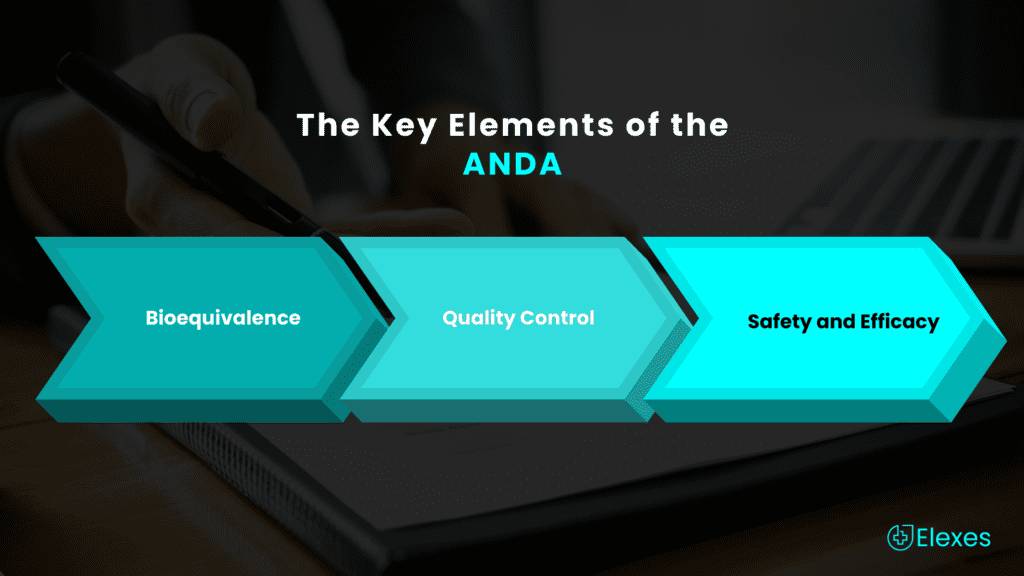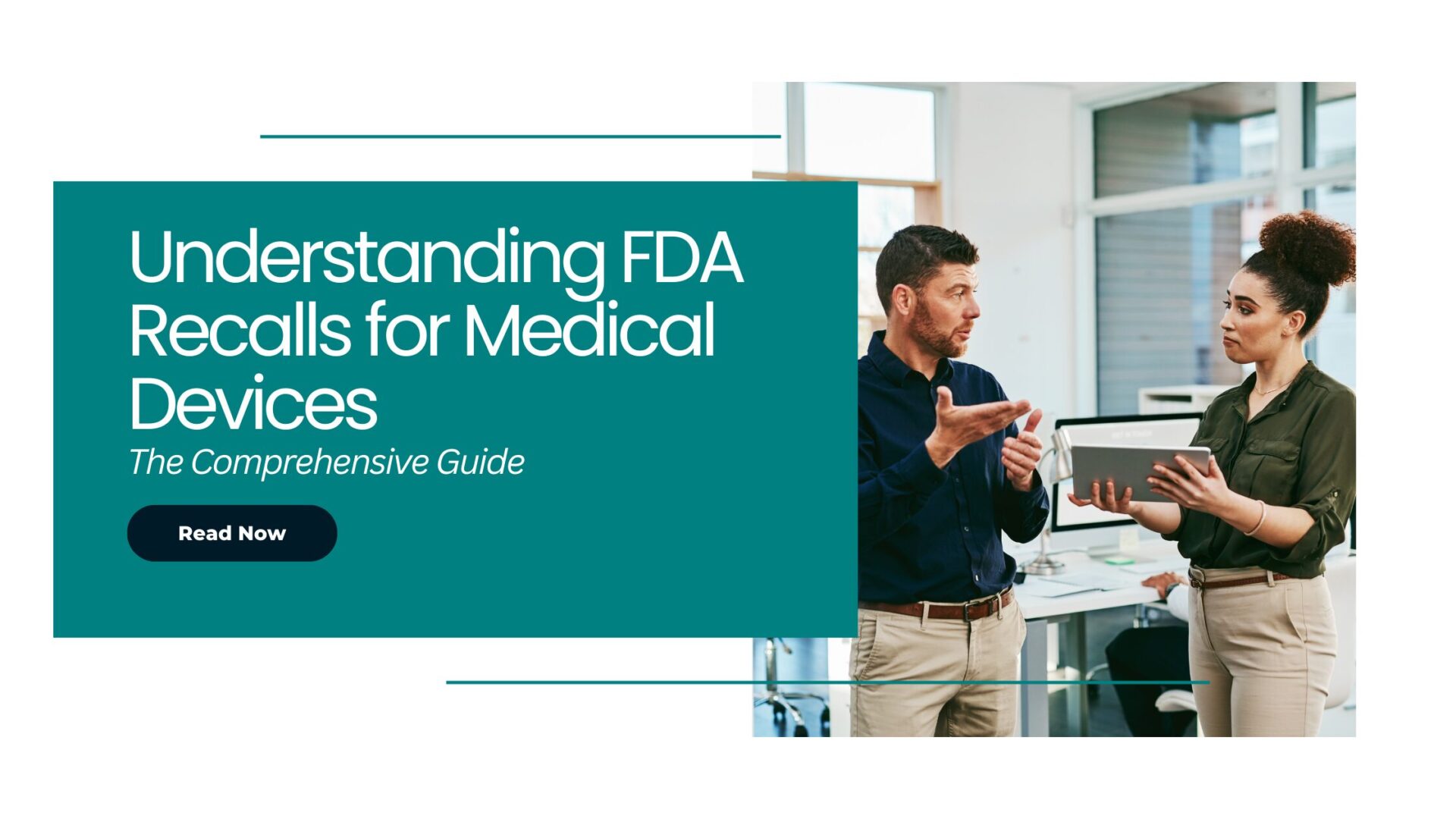Bringing a new drug to the market is a complex journey, rife with scientific, regulatory, and financial challenges. One pivotal challenge pharmaceutical developers face is selecting the appropriate regulatory path for approval from the U.S. Food and Drug Administration (US FDA).
For drugs based on previously approved medications, two primary options stand out: the Abbreviated New Drug Application (ANDA) and the 505(b)(2) pathway. Choosing between these requires a comprehensive understanding of their differences, advantages, and considerations.
The Landscape of Abbreviated Approval Pathway
Before delving into the specifics of ANDA and 505(b)(2), it’s important to recognize the common ground. Both routes are tailored for drugs that are not entirely new chemical entities (NCEs).
These are typically generics, reformulations, or modifications of existing drugs. Instead of going through the extensive and expensive process of conducting full clinical trials and establishing safety and efficacy from scratch, these paths offer an abbreviated route by leveraging existing data.
The ANDA Pathway
ANDA is the more straightforward of the two pathways. It is exclusively designed for generic drugs that are chemically identical to an already approved reference drug, often referred to as the “innovator drug.”
An ANDA applicant essentially needs to demonstrate that their generic version has the same active ingredient, administration route, dosage form, and strength as the reference drug.
Since the original brand-name drug has already undergone extensive testing and evaluation to establish its safety and effectiveness, generic drug manufacturers can rely on this existing data in their ANDA.
In order to demonstrate similarity to the Reference Listed Drug (RLD), it is necessary to exhibit identical active ingredients, dosage form, strength, route of administration, and intended use.
The key elements of an ANDA include:

Bioequivalence
Generic drugs must be bioequivalent to brand-name drugs, meaning they must be absorbed into the bloodstream at the same rate and extent as the reference drug.
Quality Control
The generic manufacturer must provide evidence of the drug’s consistent quality, including information on manufacturing processes, facilities, and controls.
Safety and Efficacy
While the generic drug does not need to undergo extensive clinical trials like the original drug, it must show that it is safe and effective for its intended use based on existing data.
Upon receiving the ANDA approval, the generic medication becomes eligible for sale and marketing within the US. It shall be positioned as a therapeutic equivalent to the branded counterpart, offering the same benefits and effects.
ANDA is like baking a classic chocolate chip cookie recipe that everyone knows and loves. You’ve seen the original recipe, and now you want to make your own batch using the same ingredients and measurements. As long as your cookies taste and look the same as the original, you’re good to go. For simplification, we are comparing such pharmaceutical products to cookies, however, they are far more complex and need to undergo development with several regulatory and quality constraints.
The 505(b)(2) Pathway
The 505(b)(2) application is a bit more nuanced. It’s meant for drugs that contain some changes or new indications that require additional clinical data, but that data can still be partially extrapolated from existing research. The 505(b)(2) pathway is a methodology through which the existing drug products can be improved by offering a new indication, new route of administration, strength, dosage form, combination with other products, dosing regimen, or switching from a prescription drugs (Rx) to an over-the-counter (OTC), non-prescription.
505(b)(2) option allows applicants to rely on existing literature or the FDA’s previous findings for parts of their submission. Essentially, it’s a blend of existing data and new information.
Key elements of the 505(b)(2) application include

The 505(b)(2) application can use data from the FDA’s previous findings for the approved drug as well as data from publicly available literature or studies.
While some information can be borrowed from the approved drug, the 505(b)(2) application typically requires new clinical data for the changes or modifications made to the drug.
Depending on the nature of the changes and the new clinical data, the FDA may grant different exclusivity periods or patent protections for the 505(b)(2) product.
The 505(b)(2) is commonly used for changes such as developing a new dosage form (e.g., from oral tablets to intravenous injection), modifying the drug’s strength or formulation, or seeking new indications or labeling claims.
The 505(b)(2) is like creating a new dish based on a famous recipe. You’re adding a unique twist or using slightly different ingredients, but you still refer back to the original recipe to justify and explain your modifications. The challenge is in ensuring that your changes don’t alter the dish’s overall safety and appeal.
Decision Factors: Which Pathway to Choose?
The choice between ANDA and 505(b)(2) application depends on various factors:
If your product is a near-identical replica of an approved drug, ANDA might be the way to go. If you’re introducing modifications or new uses, 505(b)(2) is likely more suitable.
Consider a generic version of a pain reliever. If your generic drug has the exact same active ingredient, dosage form, and strength as the approved reference drug, then the ANDA road is likely the appropriate choice.
However, if you’re developing a modified version that includes a new delivery mechanism or an extended-release formulation, 505(b)(2) would be more suitable.
If you have ample data to demonstrate bioequivalence, ANDA is simpler. If you need to build a bridge between existing data and your proposed changes, 505(b)(2) accommodates this flexibility.
Imagine you’re developing a generic version of an antibiotic that has been on the market for years. If you have access to robust data demonstrating that your product is bioequivalent to the reference drug in terms of absorption, distribution, metabolism, and excretion, then pursuing the ANDA would be straightforward.
Conversely, if you’re working on a reformulated version of an existing antibiotic with some new indications supported by additional clinical studies, the 505(b)(2) would allow you to integrate existing data with new findings.
505(b)(2) application offers more intellectual property protection since the FDA can’t approve a generic version referencing your 505(b)(2)-approved drug for a certain period.
Let’s say you’ve developed a novel combination therapy that pairs an existing cancer drug with a newly discovered compound to enhance its efficacy. Opting for 505(b)(2) in this case would provide you with a significant advantage in terms of intellectual property protection.
The FDA’s approval of your combination therapy through the 505(b)(2) route could grant you a period of exclusivity during which generic versions of your combination therapy cannot be approved, safeguarding your investment in research and development.
ANDA generics face fierce competition once approved. 505(b)(2) products often have a market edge due to the data and effort required for their approval.
Consider a situation where you’re developing a generic version of a widely used antihypertensive medication. Once approved through the ANDA, your generic drug would likely face intense competition from other generic manufacturers, leading to price erosion and reduced profit margins.
However, if you decide to develop a modified formulation that requires additional clinical data to support its efficacy, opting for 505(b)(2) would grant you a period of market exclusivity, allowing you to capture a larger share of the market before facing generic competition.
Questions to Consider When Choosing Between ANDA or 505(b)(2) Pathway
Selecting the appropriate regulatory lane for your drug approval is a critical decision that can significantly impact your development strategy, timeline, and market positioning.
When faced with the choice between the Abbreviated New Drug Application byway and the 505(b)(2), asking the following questions can help you navigate this decision-making process effectively:
The degree of modifications or changes to your drug will influence the choice.
If your drug is nearly identical to an approved reference drug, ANDA may be suitable. If modifications, new formulations, or uses are involved, the 505(b)(2) application might be more appropriate.
The ANDA requires robust data proving that your drug is bioequivalent to the reference drug. If you lack this data, 505(b)(2) offers flexibility by allowing reliance on existing literature and FDA findings alongside new data.
The 505(b)(2) can offer stronger intellectual property protection due to exclusivity against generic competition for a period. Consider the importance of protecting your product from generic competition when making your decision.
If your changes require significant clinical data or justification, 505(b)(2) can accommodate this complexity by allowing a blend of existing and new data. For less complex changes, ANDA might be a simpler option.
Drugs approved through ANDA often face intense competition once generic versions enter the market. In contrast, drugs approved via 505(b)(2) can have a competitive advantage due to the effort and data required for approval. Consider your desired market positioning and pricing potential.
Both paths have specific requirements and regulatory nuances. Evaluate whether you have the necessary expertise and resources to navigate regulatory requirements successfully.
Searching for the perfect addition to your team? Reach out to us now and discover how we can help you.
The ANDA may generally offer a faster route to the market due to its focus on bioequivalence. If speed is a critical factor, this could influence your decision.
The 505(b)(2) application allows for leveraging existing data and FDA findings to support your drug’s approval. If such data is available and applicable, this could streamline the pathway.
Consider the financial and time investments required for each application. The complexity, data requirements, and potential exclusivity can impact the overall cost and timeline.
The route you choose can influence how your drug is perceived in the market. Consider how it aligns with your intended market positioning and differentiation strategy.
A classic example of the ANDA pathway is generic ibuprofen. The active ingredient and dosage form mirror the innovator drug. On the other hand, consider a reformulated painkiller that combines two existing drugs with some new clinical data on synergistic effects. This scenario aligns with the 505(b)(2) pathway.
By asking these questions, Elexes has guided many pharma companies toward the most suitable pathway for their drug’s successful regulatory approval and commercial launch.
Finding it difficult to get your drug to the US? Email us now.
Conclusion
Choosing between the ANDA and 505(b)(2) pathways requires a deep understanding of your drug’s characteristics and your development strategy. The ANDA is akin to baking a well-established cookie recipe, while the 505(b)(2) road involves introducing new flavors to an existing dish.
Both ways have their merits, offering streamlined routes to approval for drugs that build upon existing knowledge. With careful consideration of your drug’s unique attributes and the regulatory landscape, you can navigate the abbreviated approval process successfully.

Engaging Regulatory Experts
Remember that regulatory decisions should be made in consultation with experts and based on the specific details of your drug and its intended use.
Our specialized knowledge will help you by guiding you through intricate regulatory nuances, assessing your drug’s attributes, and recommending the optimal pathway for approval. Book an appointment with us now to assist you.





















